With Assassin’s Creed Nexus VR, Ubisoft’s flagship series crosses over into virtual reality, exclusively on Meta’s untethered Quest VR headsets.
Assassin’s Creed probably deserves to make the jump to virtual reality more than any other game franchise out there. The series’ very premise is essentially about virtual reality. The protagonists plug themselves into an Animus device, which is effectively a fancy VR system, to experience the memories of historical assassins that have been encoded into their descendant’s DNA.
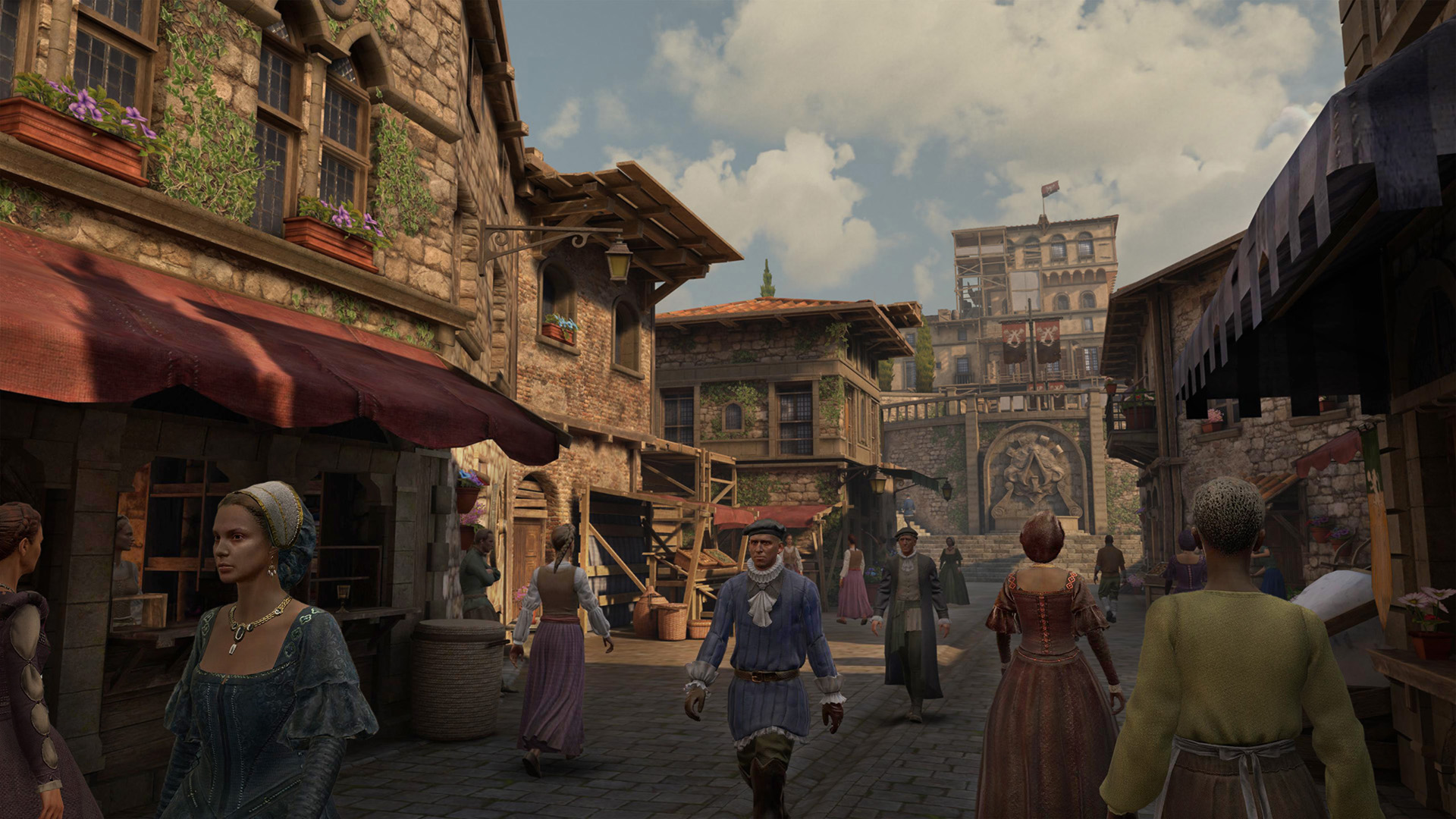
After a bit of faff trying to log into my Ubisoft account to link in with my Meta account, the game wasted no time sucking me into the Assassin’s Creed mythos. My living room was filled with the light blue glow of the Assassin’s Creed menu utilising the Meta Quest 3’s mixed reality passthrough camera.
The Assassin’s Creed chronology, which the series has fleshed out over the last fifteen years, is esoteric and multi-layered. Ubisoft has tied itself into such narrative knots that the games have had to be reinvented a couple of times.
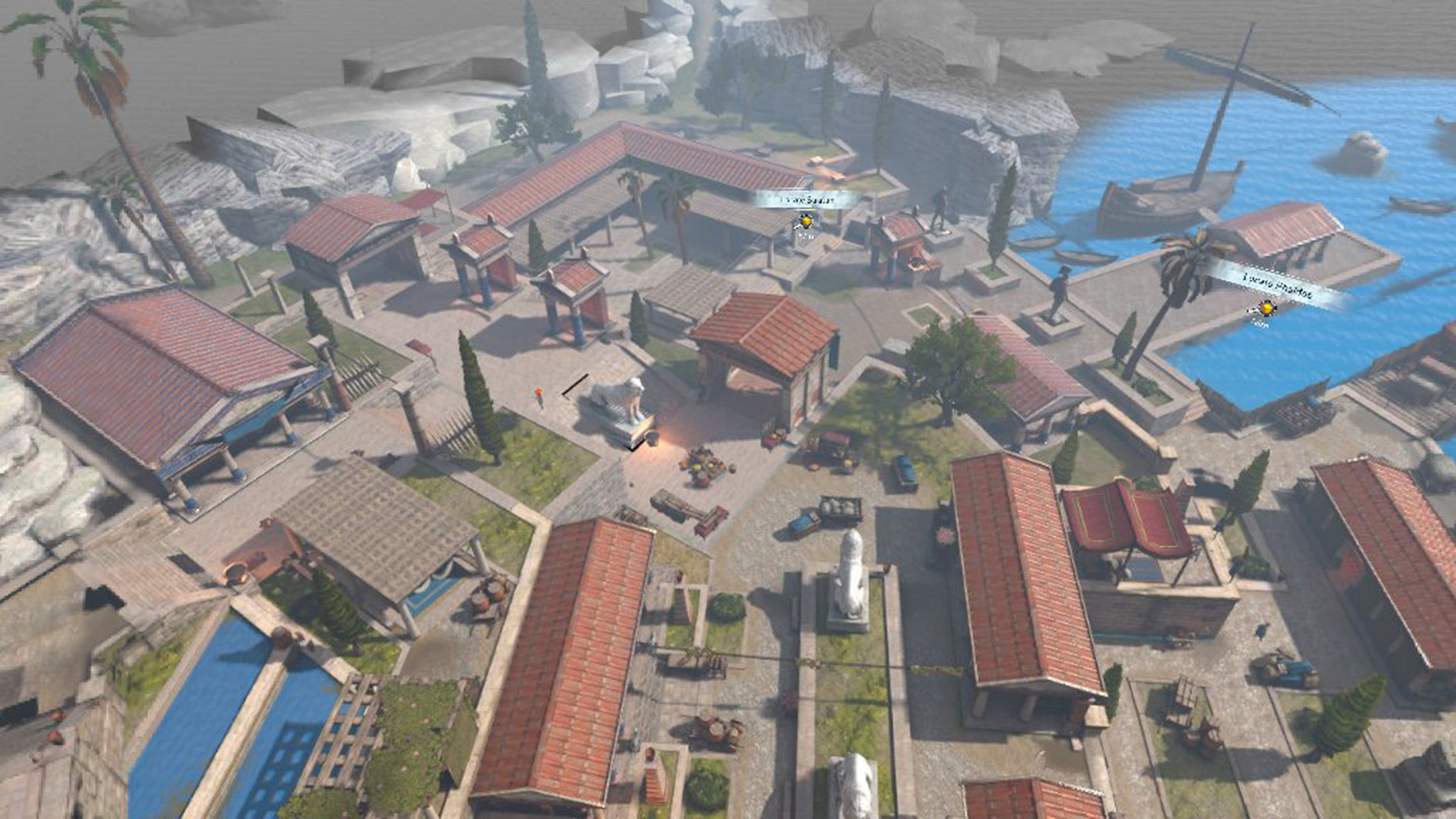
Casually picking up Assassin’s Creed Nexus, with its complex background, could be a bit overwhelming for newcomers. Thankfully, the game explains everything that you need to know on how to play and enjoy the game. The tutorial takes you through the basic mechanics of sneaking, fighting, assassinating, jumping, and climbing almost straight away. As more features unlock so do the tutorials.
The game can be played standing or seated; you just need enough space to flail your arms about a bit. There are the usual comfort settings allowing teleport locomotion, snap rotations, and movement vignetting. If you don’t suffer from VR sickness, I recommend smooth movement and turns. If you are new to this sort of open-word movement, it takes a bit of getting used to, but actually works really well.
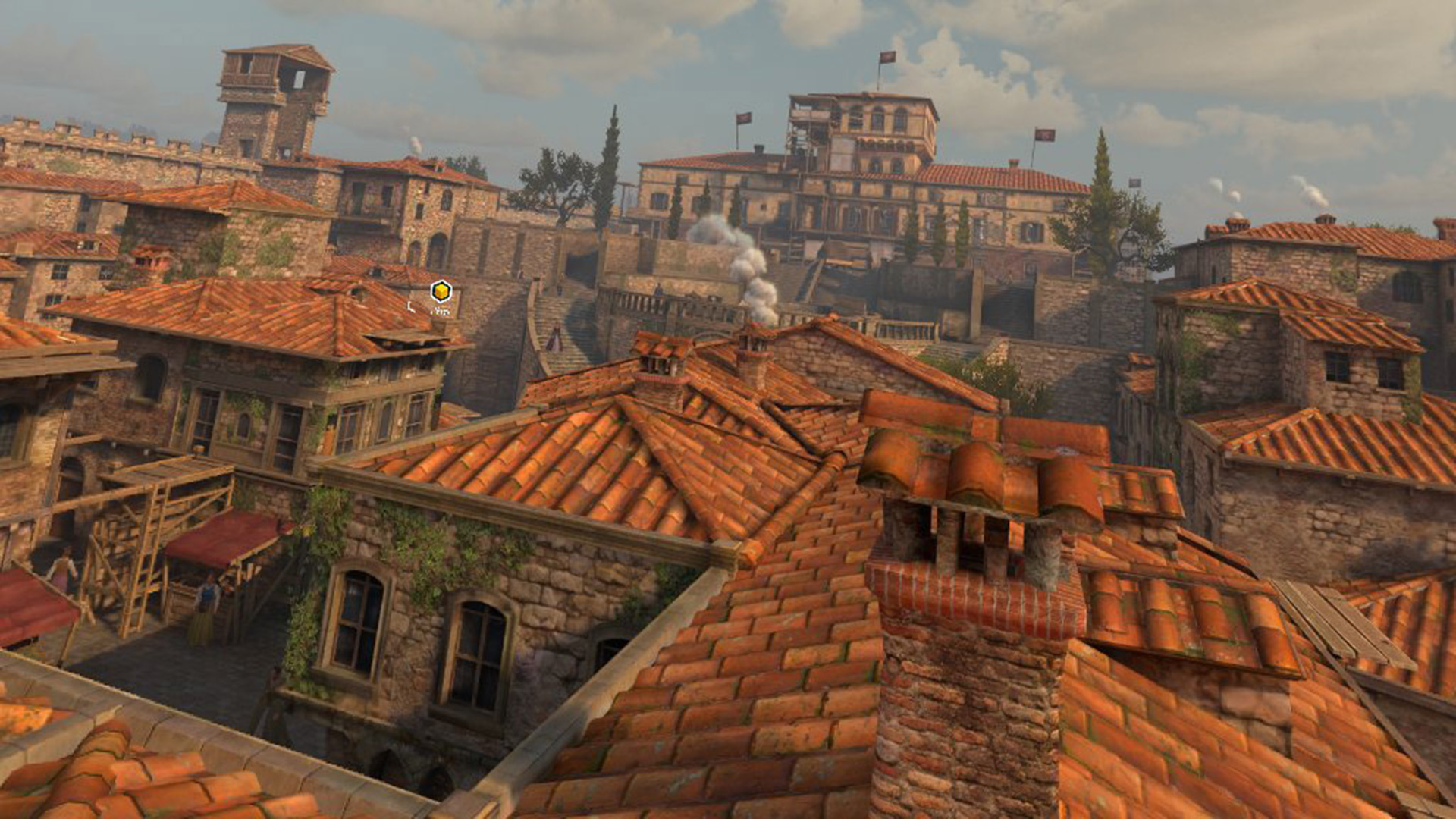
Playing as just another triple-A VR game, players unfamiliar with Assassin’s Creed will have no trouble getting into the nuts and bolts of Nexus. If, however, you have been following Assassin’s Creed game for a while, you are in for a real treat.
The intro hints at the experience being something special. That mixed reality sequence that has you in your home, your room around you, making your Meta Quest 3 experience part of the game, really is “meta”. The game positions the player as a hacker working undercover as an Abstergo Industries operative whilst on the payroll of the modern-day Assassins.

For those not in the know, here’s a brief rundown on the basis for the Assassin’s Creed games. There are two factions at play: the Templars, a group that wishes to shape human progress and the Assassins who believe that humans should forge their own path. Both of these groups and their predecessors have been in conflict for over a thousand years. To achieve their goals, the Templars seek to employ ancient and powerful artifacts via their modern-day front company, Abstergo Industries.
Those artifacts, Pieces of Eden, were created by a precursor race, the Isu, who were worshipped as gods in prehistory, their existences forming legends and myths. These objects have been discovered and lost throughout history. Using a device called the Animus, the Templars use DNA memories to recreate the past and find the location of these artifacts. The Assassins are in a race to get to these objects before the Templars.
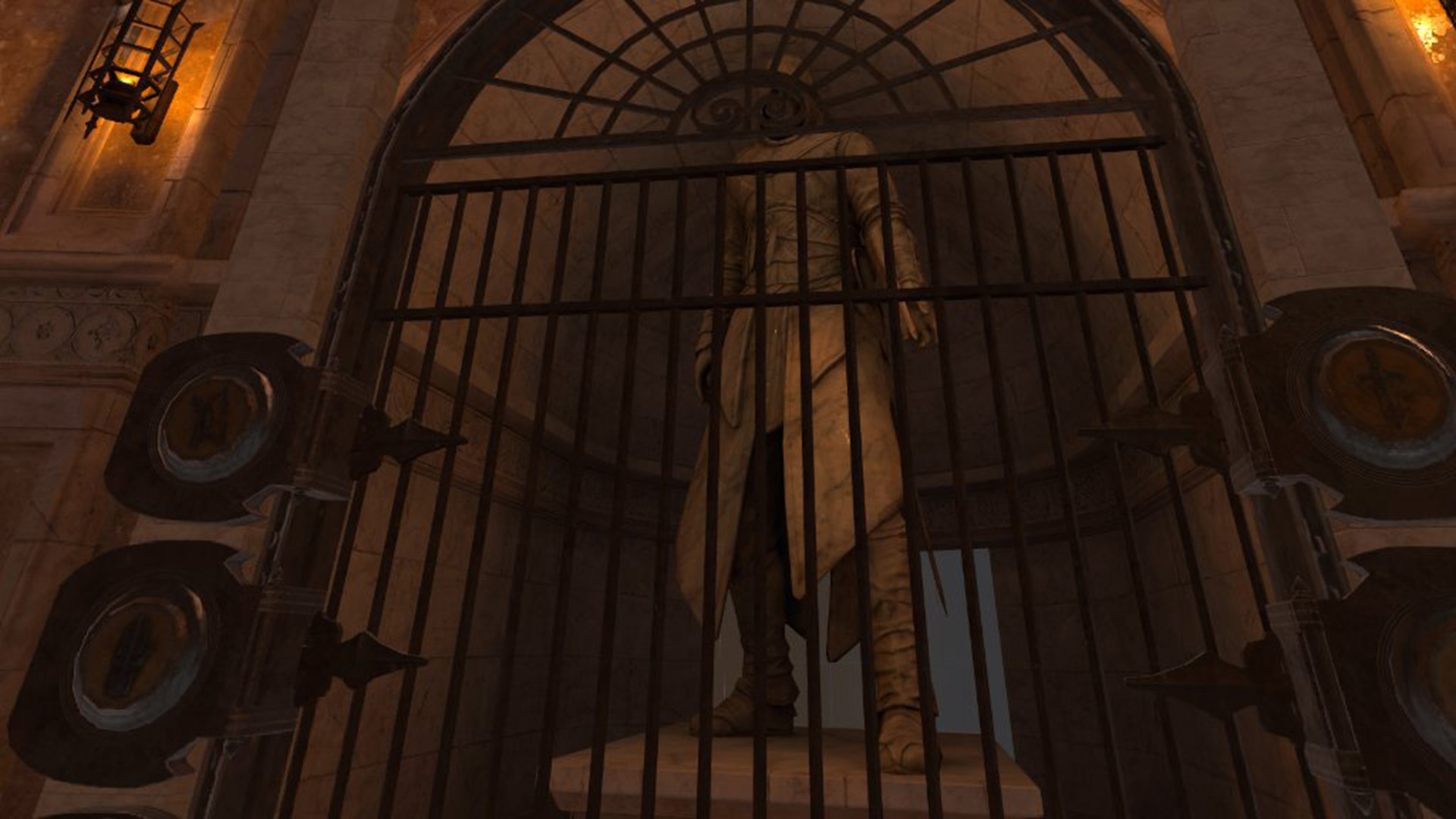
Assassin’s Creed Nexus allows players to revisit characters from across the franchise. The game’s first stop is with Eizo Auditore da Firenze, the Italian nobleman and Assassin from Assassin’s Creed II, Brotherhood and Revelations.
The tutorial sequence has players performing short quests, such as Eizo Auditore da Firenze, retrieving his sword in 1509 Venice. retrieving his sword in 1509 Venice. As with the main games, stealth is key. You can physically crouch or press a button. This is the point when the game’s sense of immersion really hit me. I was in a room, hiding behind some casks avoiding the guard. I watched their gaze as I sneaked past. I ACTUALLY sneaked past. Rather than just control the assassin with a gamepad, I WAS the assassin. The next room had a guard on the door, I threw a cup. The guard, distracted, left his post and I scurried past.
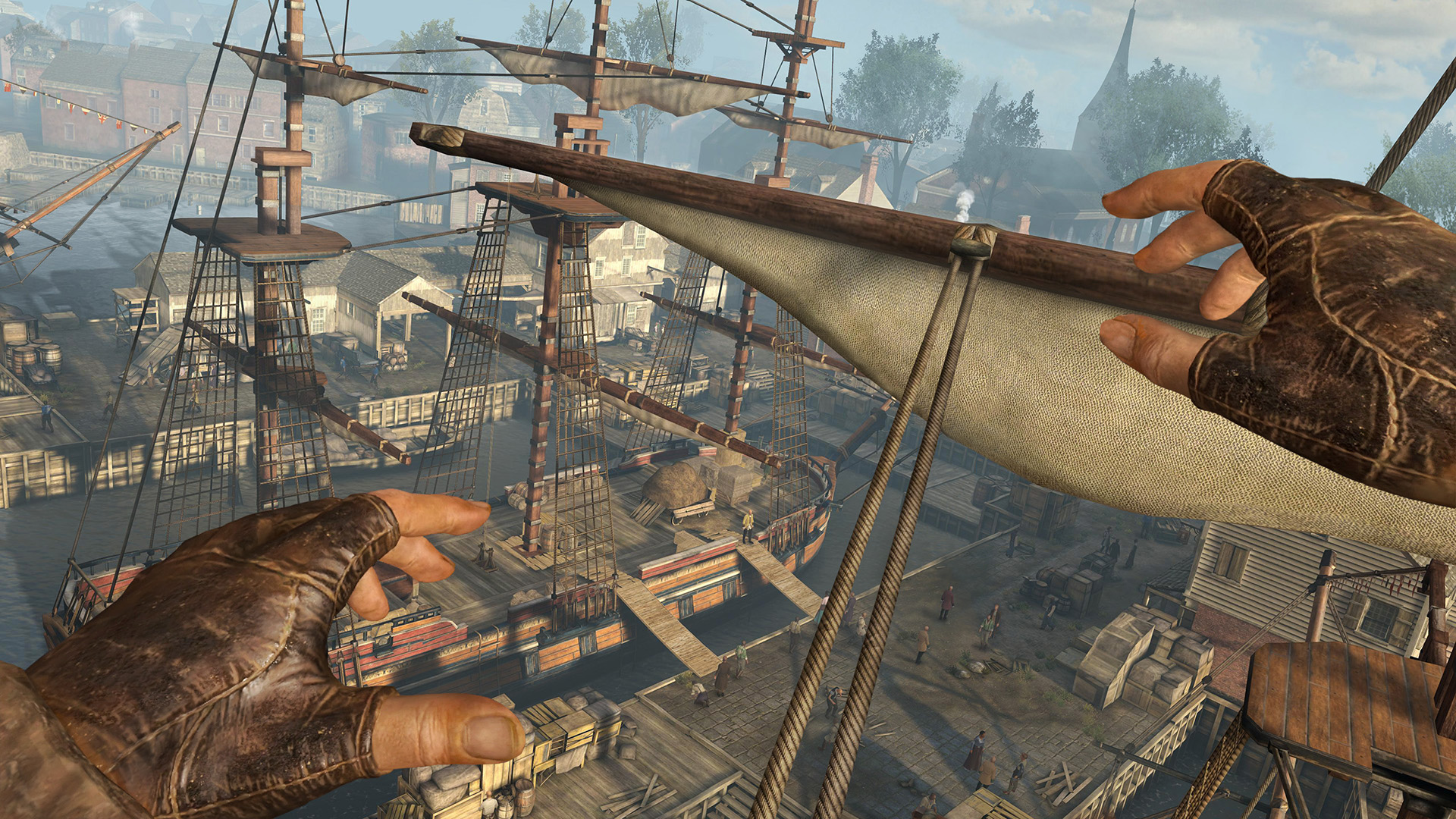
Next. it was time to use the game’s iconic hidden blade, by pressing the trigger and twisting my wrist to release the blade. My first attempt had me stumble, alerting the guard- you really have to jab the blade in. It feels a lot more real, and a bit disturbing when you have to physically stab your opponent. The next area was a courtyard and it was up to me to either dispatch or sneak past the guards. One hapless guard fell to my hidden blade, the others lived to tell the tale.
Climbing is a big part of the Assassin’s Creed games. In Nexus, the game has you physically climbing by reaching for ledges and pulling yourself up. After a bit of climbing and jumping, I reached my sword. The game then branched off showing how to attack and parry.
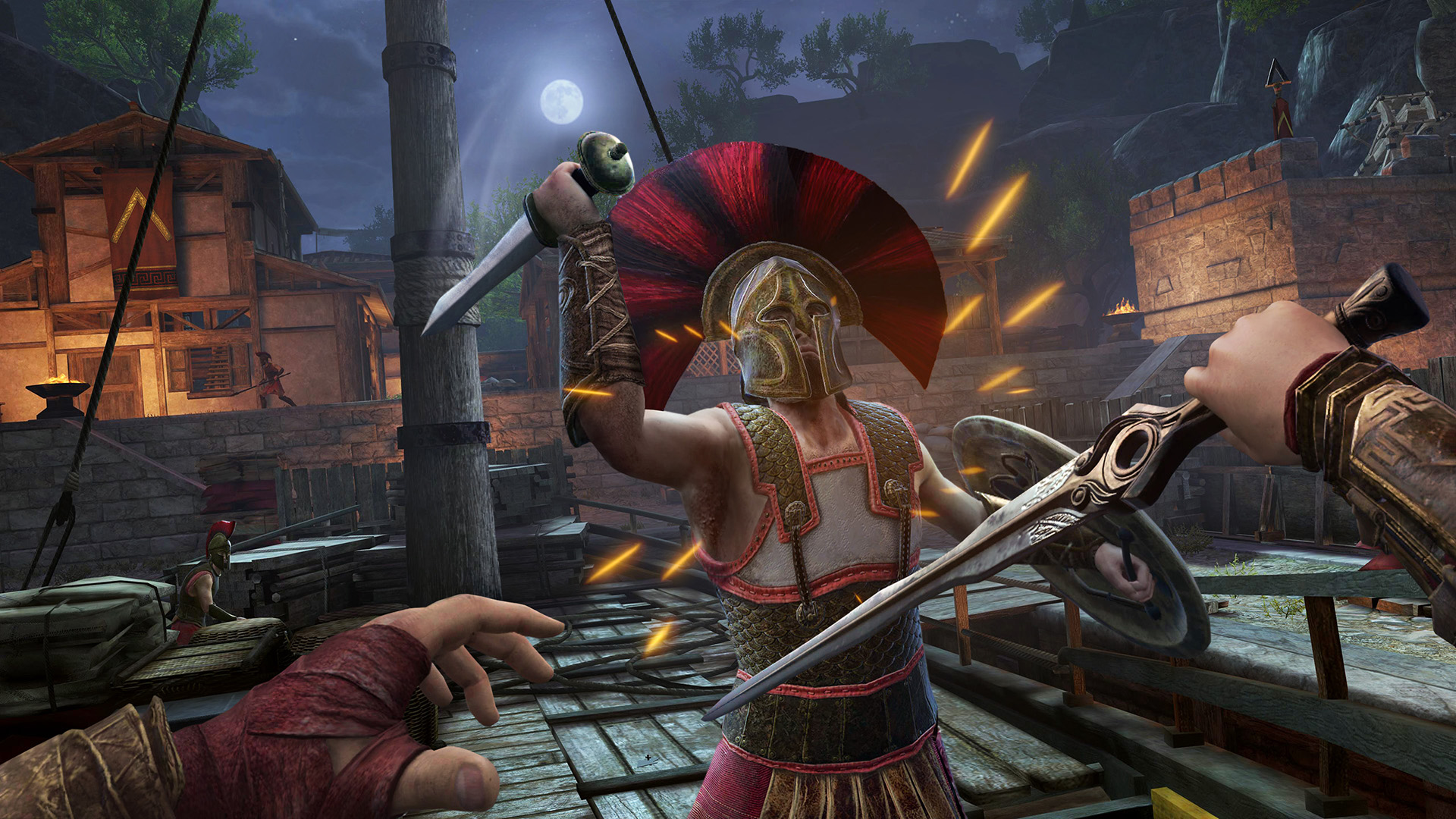
Before long I was in the Italian moonlight with fireworks in the background. In front of the fireworks the text “Ubisoft Presents” appeared and then the Assassin’s Creed Nexus logo. It gave me goosebumps and it was cemented that, yes, this is a real Assassin’s Creed game.
As with the main Assassin’s Creed series, the game has players trying to locate magical Isu artifacts, in this first of the three parts of the game, Ezio once again teams up with Leonardo da Vinci to locate the Staff of Hermes.
Being a Meta Quest exclusive, the game is tailored for the performance of the equipment. The compromise of untethered, standalone VR (and MR) means that the visuals may not be as good as those of a high-end PC or even the PlayStation VR2. But they are still very good and what would have been considered high-end PC VR graphics only a few years ago.
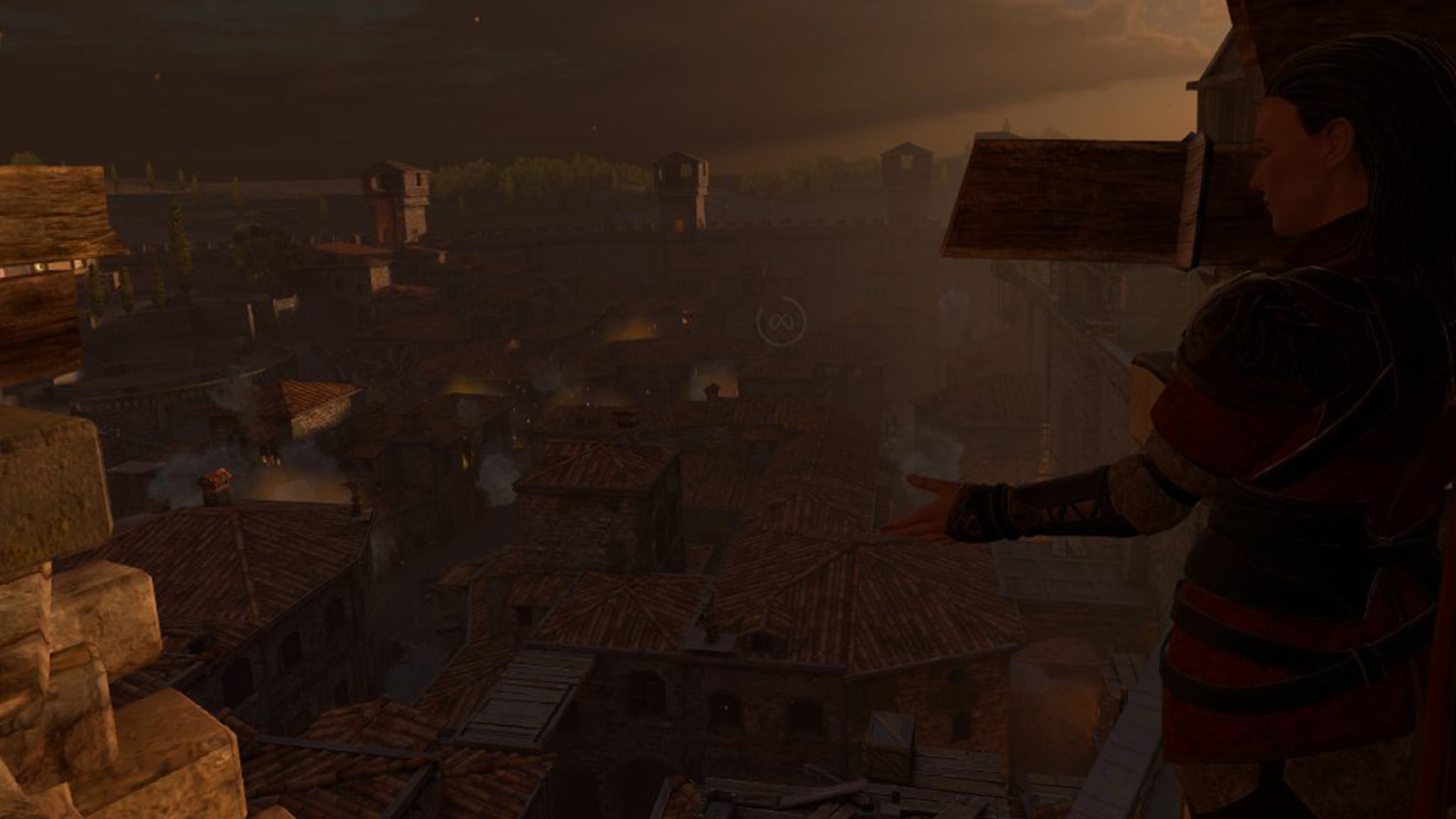
The game then took me back to the setting of Assassin’s Creed Odyssey as the mercenary Kassandra in 405 BC Greece. Once again, the player is charged with obtaining an artifact and must confront a Templar agent.
Ancient Greece is even more impressive than Renaissance Italy. For this second sequence, the game opens up, allowing players to traverse the map with a bit more freedom.
The final character that you revisit is Conner Kenway from Assassin’s Creed 3. Caught up in a prison break in colonial-era Boston the game has players running across rooftops and dispatching enemies with arrows and Conner’s signature tomahawk.
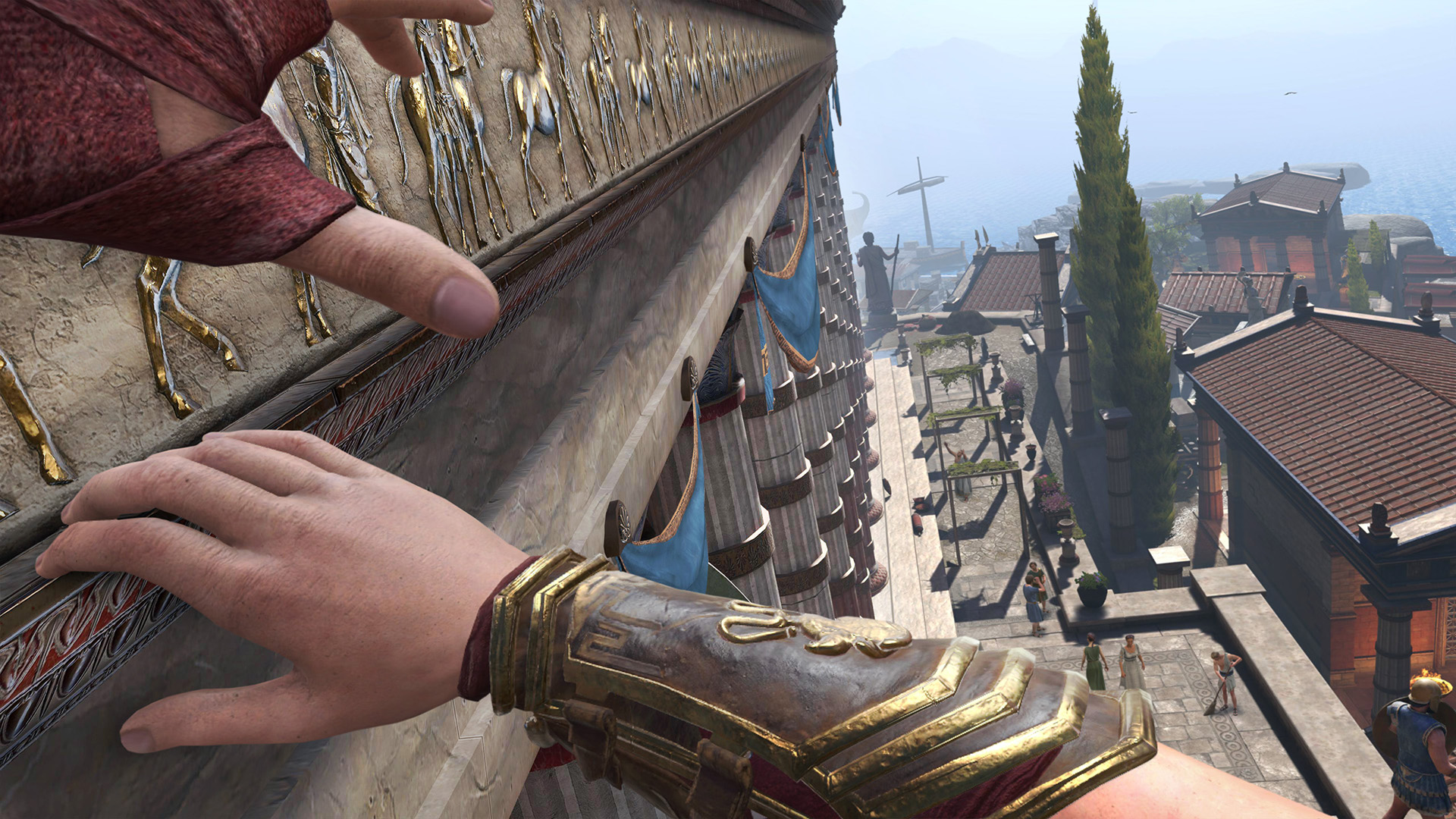
The play areas for each character, whilst quite large, are more constrained and curated than in the main Assassin’s Creed games. There’s also a bird’s eye view of the map that can be used to plan your approaches.
The game is a lot more physical than the main Assassin’s Creed games. Swinging your sword, parrying, climbing, and swinging all require a bit of effort rather than just pressing buttons. It’s the same with dodging, using your hidden blade, throwing knives and bow. The result, though, is a more immersive experience than any other Assassin’s Creed game.
The Meta Quest 3, being such a comfortable and lightweight device, allowed me to play extended sessions in the game. This is handy as Assassin’s Creed Nexus is no simple VR “Experience” it’s a full-length game that provides gamers with 15-25 hours of gameplay. It’s not a game that I’d recommend that you put down as the VR controls, whilst easy to pick up, are also easily forgotten, requiring another look at the tutorials, which can be a chore.
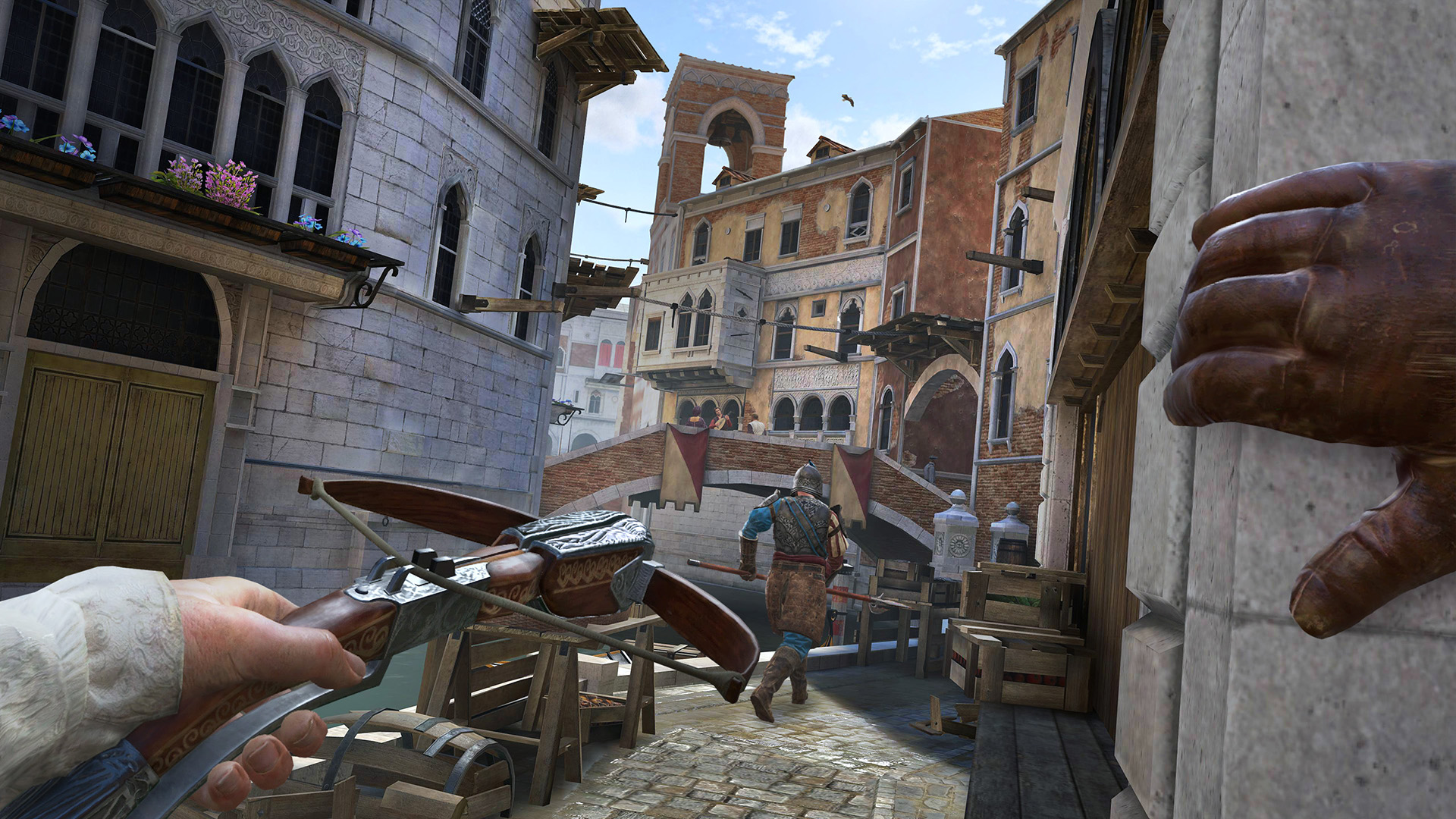
The game visuals are pretty good for a standalone VR game. There are some compromises, but the game’s immersion and the details in the environments mean that you are likely to not be scrutinising the level of ambient occlusion or counting light sources.
Assassin’s Creed Nexus VR is a “must-have” Meta Quest 3 game. I feel for Assassin’s Creed fans who don’t have access to a Quest headset, as this is a very special Assassin’s Creed game, one that allows players to actually be the assassin for the first time.

Released: November 2023
Rating: M15+
Platforms reviewed: Meta Quest 3
Genre: Action
Developer: Red Storm Entertainment
Publisher: Ubisoft



























